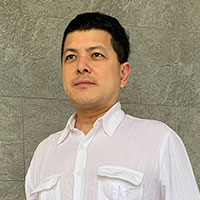Read this in The Manila Times digital edition.
KUALA LUMPUR: I have previously defended the somewhat "loose" and accommodating structure of the Association of Southeast Asian Nations (Asean) as being one which is paradoxically at once positive and productive, instead of being negative and counter-productive, as some quarters have sporadically alleged.
Granted, Asean does not appear to be as cohesive a regional body as for instance the European Union, the international counterpart it is most often compared to. At most, Asean could be said to be more akin to the European Economic Community (EEC), the precursor to EU. The EU member states not only tied themselves into a common market with similar trading and market access rules, but also common foreign and increasingly defense policies. The EU's self-avowed ultimate aim is to form an "ever closer union." But with cohesiveness also comes rigidity. EU member states have largely to conform their own rules and regulations to those of the seemingly omnipotent European Union. Sometimes EU socioeconomic standards and prescriptions not only override domestic ones, but directly cover and affect these otherwise local socioeconomic machinations. In any case, EU member states must act more or less within the overarching EU framework, or at least constantly and vigilantly keep requirements in mind, when they go about conducting their respective affairs of both state and civil society, domestic and foreign.
Continue reading with one of these options:
Ad-free access
P 80 per month
(billed annually at P 960)
- Unlimited ad-free access to website articles
- Limited offer: Subscribe today and get digital edition access for free (accessible with up to 3 devices)


